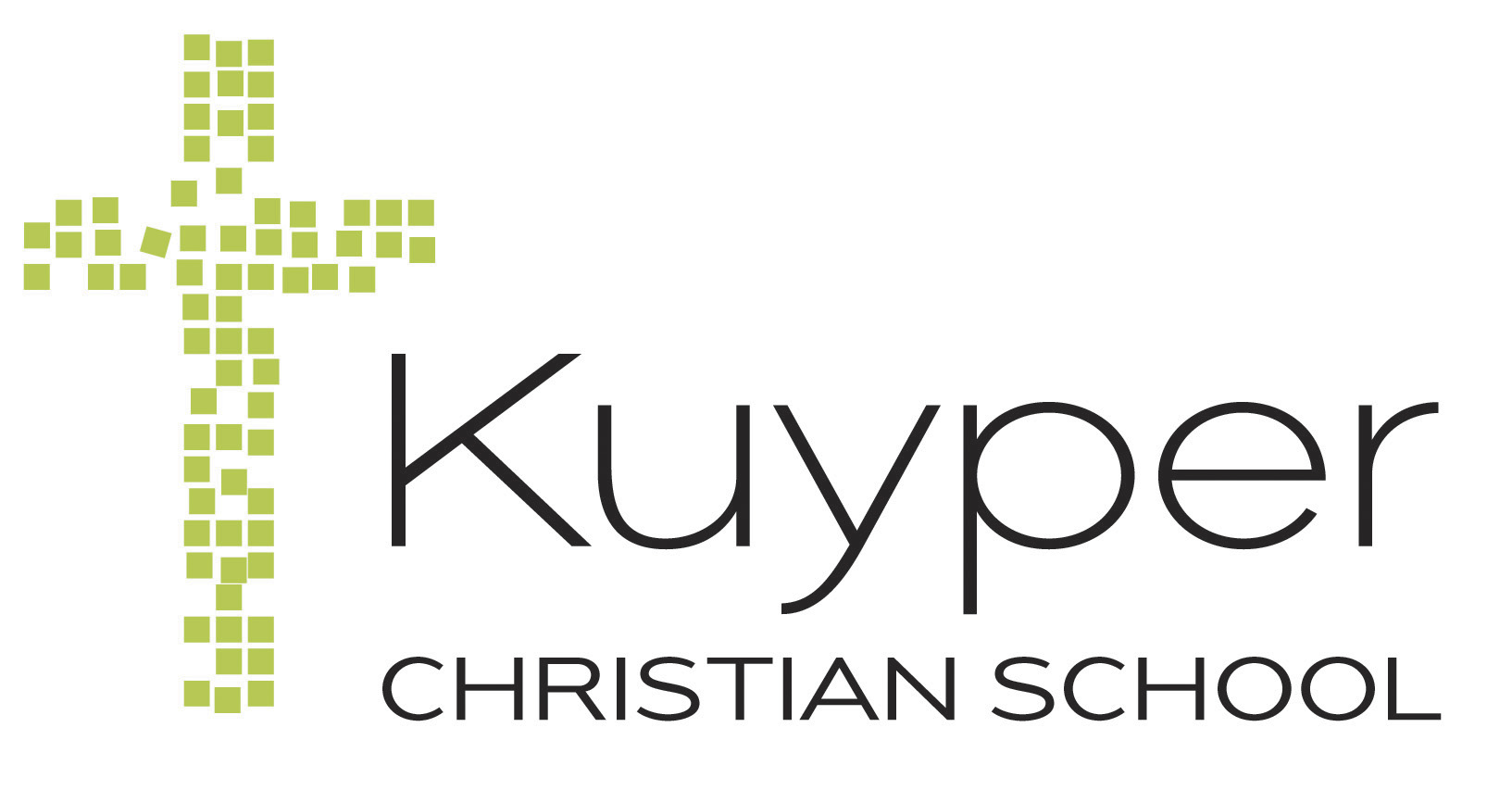Alexis Clarke, Director of Programs & Development
This year, we have been working towards developing a Learning and Wellbeing Framework that reflects our commitment to promoting the wellbeing of students and staff while meeting the Child Safe Standards highlighted by our Principal, Mark Ramsay, in his recent message. This framework aims to foster a school culture where every individual feels safe, valued, and supported to optimise learning.
As part of this process, staff have been engaging with research on how schools can create environments that promote both safety and support. One particular area is relationship building. When this is prioritised, it creates a foundation of security and trust, allowing students to feel valued and confident. This is essential for meaningful engagement and academic growth, creating a nurturing environment where students can fully engage and thrive.
To drive this culture, we promoted the concepts of ‘Predictability’ and ‘Maximisation’. Emotional safety plays an important role in predictability. If students know what to expect from staff, such as interacting with students in consistent and reliable ways, it builds trust and encourages open communication. Recently, a student shared that she feels more secure in the classroom and more confident to learn when she feels seen and cared for. It wasn’t the laptop she was given or the books she used, but the feeling of being cared for and safe with her teacher.
When students know that their feelings and concerns will be met with understanding and compassion, as we are encouraged in James 1:19 (being quick to listen, slow to speak, and slow to become angry), they are more likely to take risks in their learning, such as asking questions or expressing their opinions. This helps students feel comfortable engaging in the learning process, knowing they can rely on their teacher for support, thereby contributing to maximising learning. The Australian Institute for Teaching and School Leadership (AITSL) and the Australian Student Wellbeing Framework research also indicate that students thrive in structured environments where they feel safe and secure.
Creating an environment where students feel valued and respected is vital. Even if they struggle with a subject or don’t particularly enjoy it, they’re more likely to put in effort when they feel listened to and understood. This is why it’s so valuable that staff engage with students, whether through structured activities like overnight camps, Service Teams, or simple conversations during break times. These interactions can make a real difference in how students feel about school. The National Mental Health and Wellbeing Strategy highlights the importance of creating supportive and safe environments for young people. It emphasises that predictability in school settings contributes to better mental health outcomes, reducing anxiety and stress, which are critical for effective learning.
Positive student-teacher relationships are fundamental to enhancing student behaviour. Donna Cross, a prominent researcher in the fields of education and psychology, presents evidence that effective relationships are instrumental in promoting resilience, especially for students with a history of trauma or difficulties. By fostering these trusting relationships, teachers can help students build resilience that supports them through challenges both inside and outside the classroom.
Reflecting on this past year, it has been a time of growth and teamwork, all focused on creating a positive, caring environment for students and staff alike. We remain dedicated to building a school culture where every student feels seen, supported, and eager to learn, believing that teaching is as much about care and connection as it is about academic success.
In alignment with child-safe standards, we are committed to ensuring that our environment is not only safe but also empowering for all students. This means implementing policies and practices that safeguard the wellbeing of every child and prioritising their voices in our community. Our ongoing training for staff in child safety practices and the emphasis on transparency and communication ensures that we can effectively prevent harm and respond to any concerns swiftly. By integrating these standards into our framework, we can further enhance our commitment to protecting children and fostering an educational environment where all students can flourish.

